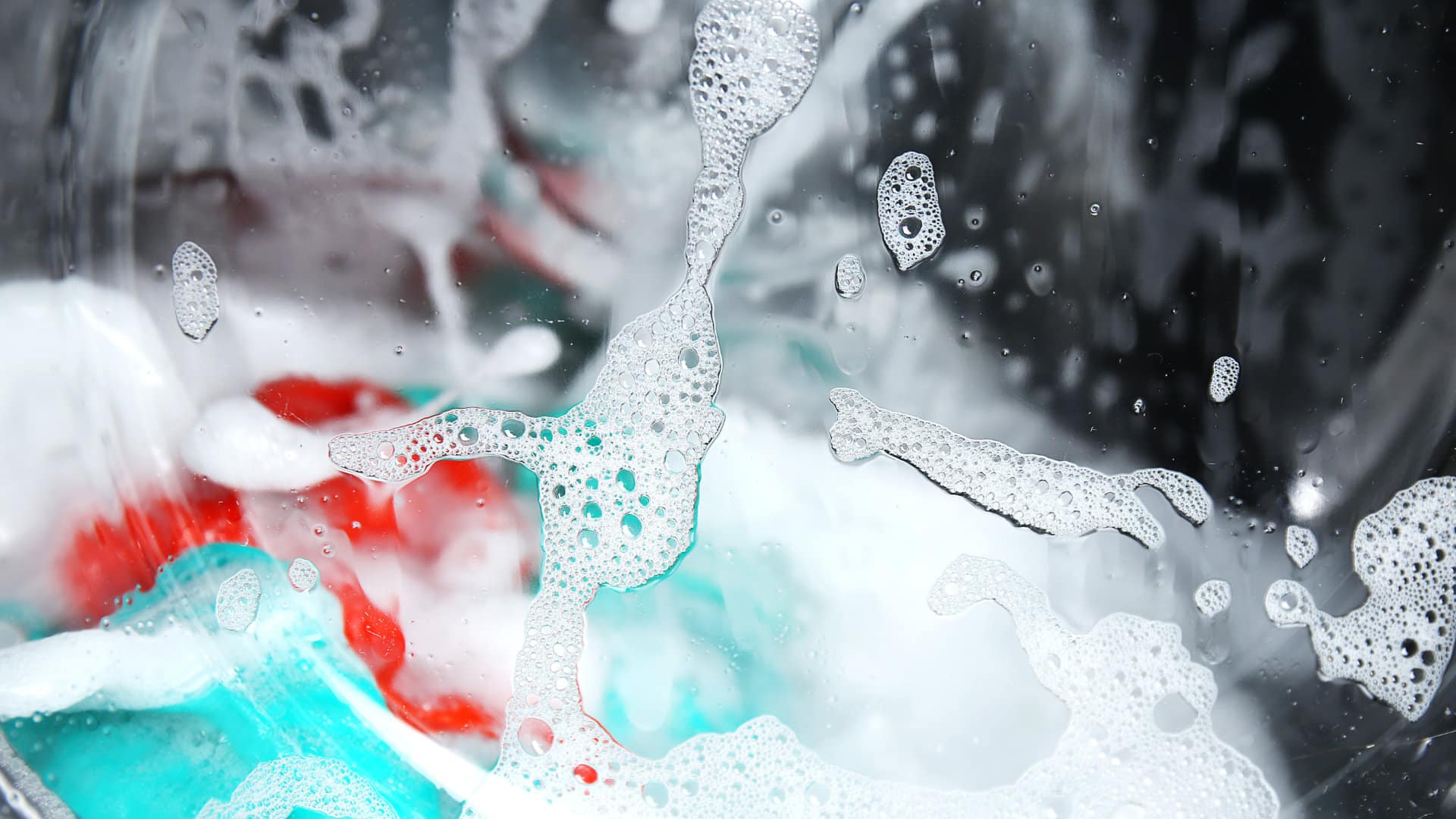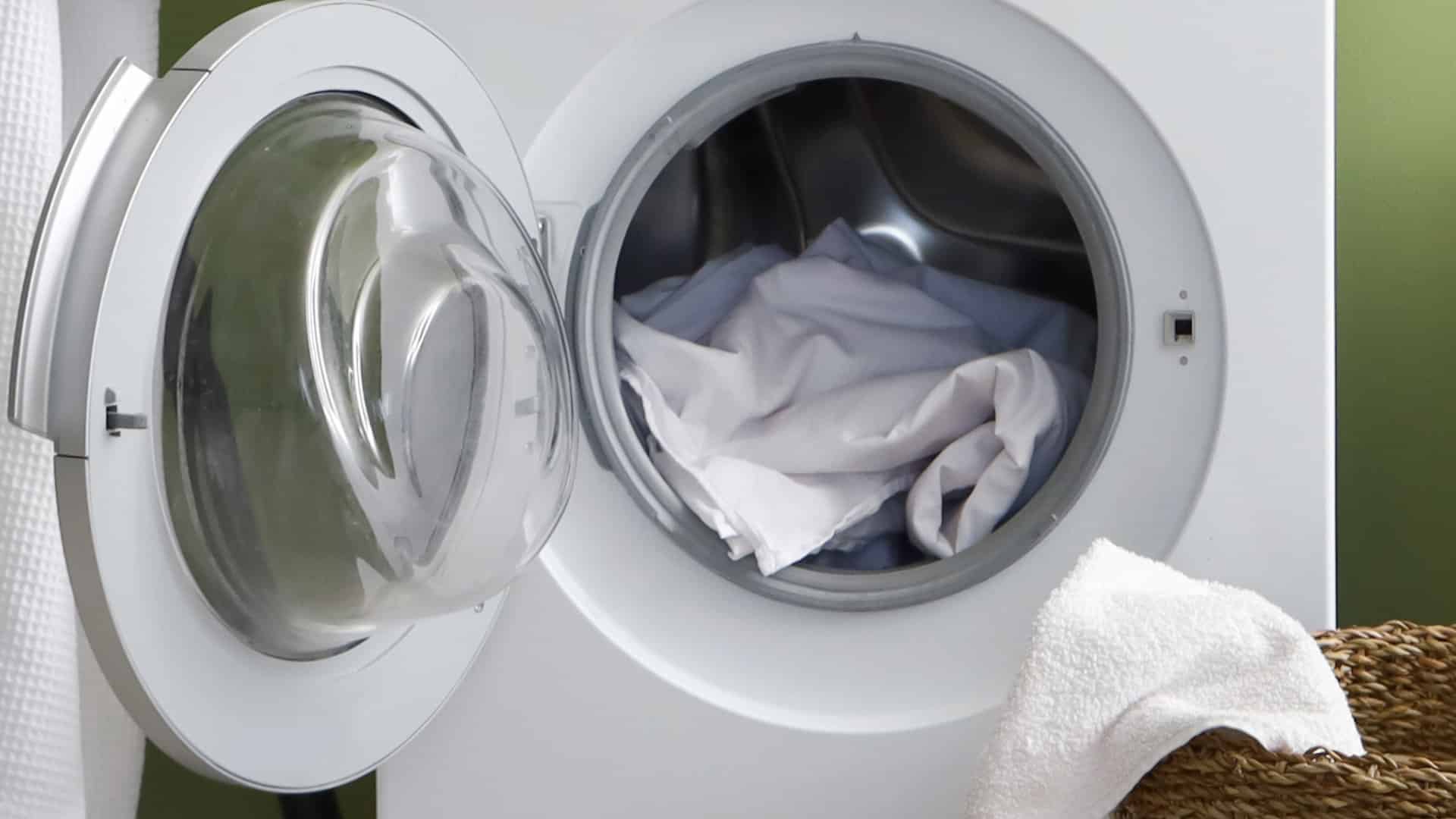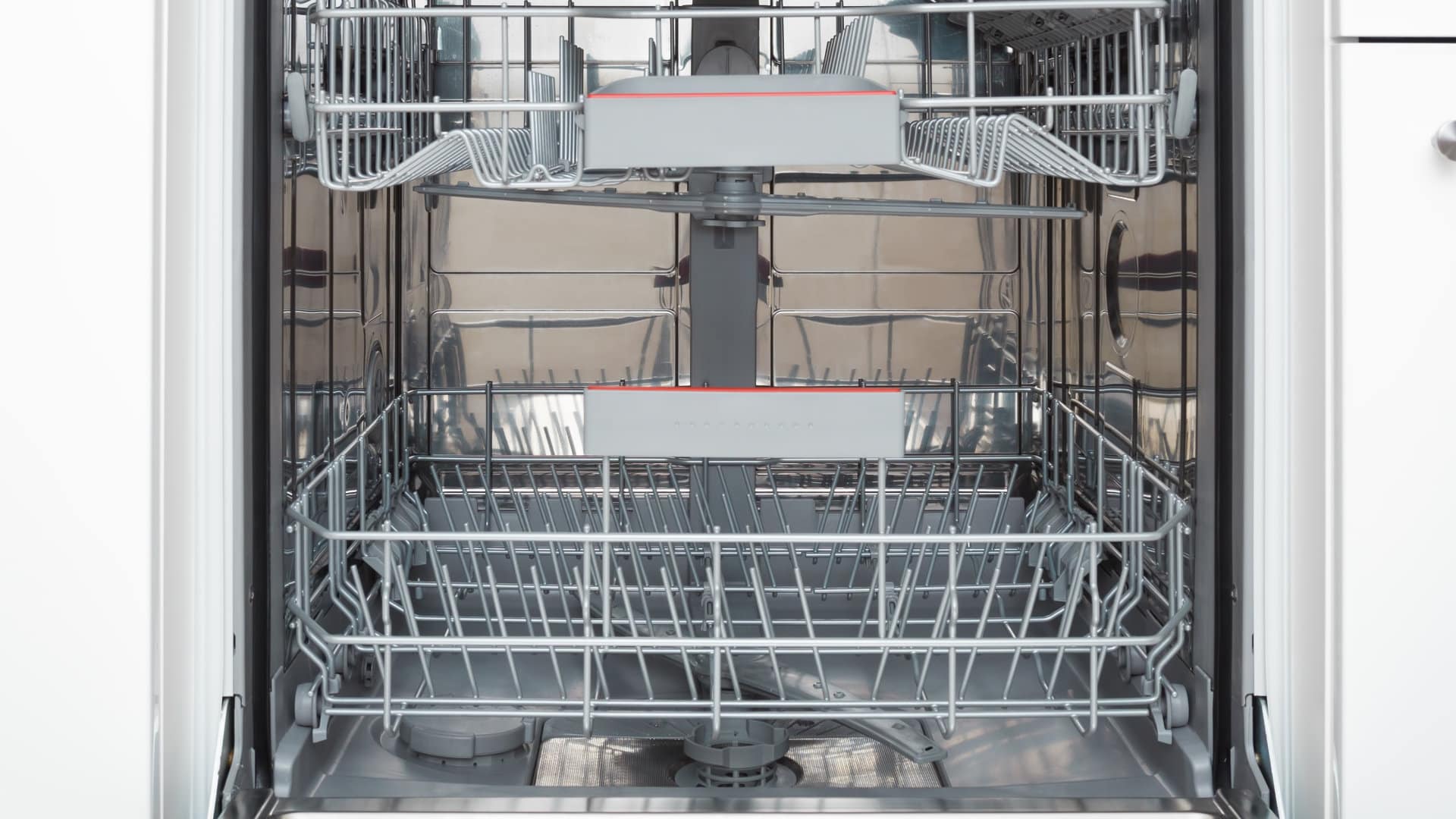
If your washer is stuck on the rinse cycle, you’re probably experiencing some of the following indicators:
- The washing machine takes an unusually long time during its cycles
- Your washing machine isn’t running a spin cycle
- Clothes come out wet after being washed
- You hear strange noises coming from your washer
Why is my washer stuck on the rinse cycle?
There could be several reasons why your washer is stuck on the rinse cycle. One possible reason could be a faulty timer, which is responsible for advancing the cycles. Another possibility could be a clogged water inlet valve, preventing the machine from filling up with water. Alternatively, the pressure switch that measures the water level could be malfunctioning, causing the machine to stay in the rinse cycle. If your washer gets stuck in the rinse cycle, it’s recommended to check these components and replace them if necessary. However, if you’re not confident in your ability to troubleshoot and repair the washing machine, it’s best to call a professional technician to diagnose and fix the issue.
Common causes and solutions
Ensue the load isn’t unbalanced or heavy
One common reason for a washer getting stuck on the rinse cycle is an unbalanced or heavy load. Try redistributing your laundry evenly throughout the drum and see if that solves the problem. Additionally, you could try removing some wet clothing from the washer and running it again. If this doesn’t solve the issue, you may have an issue with the water inlet valve or control board.
Check the water inlet valve
The water inlet valve is responsible for letting water into the washer during the wash cycle, and if it’s not functioning correctly, it can cause the washer to get stuck on the rinse cycle. There are a few reasons for the water inlet valve not functioning as it should, including mineral buildup, wear and tear, and electrical issues. Mineral buildup is common in areas with hard water. This can clog the valve, preventing water from flowing properly. Wear and tear can also cause the valve to malfunction, especially if it’s been in use for a long time.
To check the valve, first disconnect the power supply to your washer. Then locate the inlet valve at the back of the washer and turn off the water supply. Next, take a look at the screens in the valve. If they’re dirty or clogged with debris, use a screwdriver to remove the debris and clean them off. Finally, test the resistance of the valve with a multimeter. If you get an infinity reading, then the valve needs to be replaced.
Check the pressure switch
One common reason why your washer gets stuck on the rinse cycle is due to a malfunctioning pressure switch. This component is responsible for monitoring the level of water in the washing machine. If the pressure switch fails, the machine may not be able to determine when the water has reached the required level, leading to the washer getting stuck on the rinse cycle. Therefore, it’s essential to check the pressure switch and see if it’s working correctly. You can do this quite easily by removing the switch and using a multimeter to test it. If it’s not working, replace it with a new one to resolve the problem. However, if you’re not confident in doing this yourself, it’s best to call in a professional technician to help you out.
Check the timer
If you’re dealing with a washer that’s stuck on the rinse cycle and none of the above steps solved the issue, the timer is most likely the culprit. The timer controls the various cycles of your washing machine, making sure that each one runs for the right amount of time. If the timer is faulty, it can cause your machine to get stuck on one particular cycle, like the rinse cycle. This means that your clothes will only get rinsed, and the machine won’t move on to the next step of the wash cycle.
To check the timer, you’ll need to refer to your washing machine’s manual to locate it, although it’s usually behind the control panel or on the top of the washer. Once you’ve found it, you can use a multimeter to test it for continuity. If you find that the timer is faulty, you’ll need to replace it by following these steps:
Start by unplugging the washer and removing the control panel or top cover to access the timer. You can then remove the old timer by disconnecting the wiring harness and mounting screws. After removing the old timer, you can install the new timer by reversing the steps. Make sure to connect the wiring harness and mounting screws correctly as incorrect connections can cause further damage to your washer. Once you’ve installed the new timer, you can plug in the washer and test it to see if it’s working correctly.
Caring for your washer
You can do a number of things to care for your washer and avoid any future problems. One of the most common mistakes people make when doing their laundry is using too much detergent. Not only does this waste money, but it can also damage your washing machine in the long run. Using too much detergent can cause buildup in your machine’s pipes and hoses, leading to clogs and leaks. Additionally, if you have hard water, you may need to use slightly more detergent as hard water can block the inlet valve. Another way in which you can care for your washer is by cleaning it out once every few months, to insure no debris has built up that can damage your washer.

Whirlpool Washer Error Codes Explained

How to Wash a Hat in the Dishwasher (In 5 Steps)

How to Fix the nF Error Code on a Samsung Washer

Kenmore Elite Dryer Issues: How To Troubleshoot

Microwave vs. Oven: Pros and Cons and How They Differ

Self-Cleaning Oven Smell: Causes & Odor Reduction Tips

Frigidaire Ice Maker Not Working? 7 Ways to Fix It

Why Is Your LG Refrigerator Not Cooling? (9 Common Reasons)

GE Oven F2 Error: Causes & Solutions






